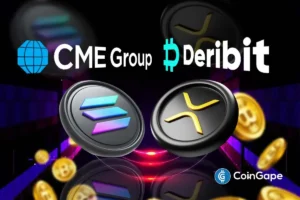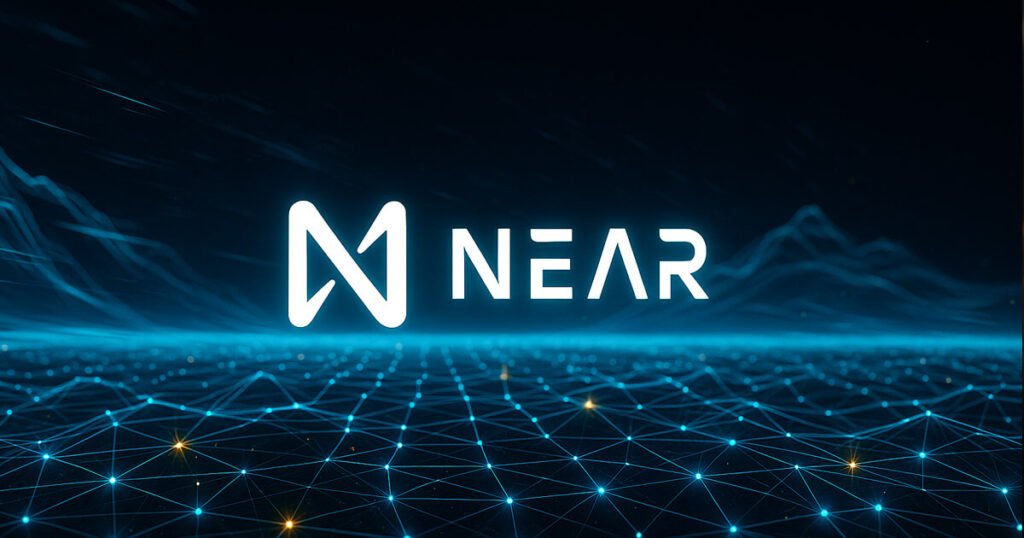NEAR Protocol’s Bold Move: Reducing Token Inflation for Sustainable Growth
In a significant development for the NEAR Protocol community, the decentralized group known as HOT Protocol has proposed a substantial reduction in the annual inflation rate of NEAR’s tokens. Presented on June 24, the plan calls for a decrease from 5% to just 2.5%. This proposal is not merely a financial maneuver; it aims to enhance the long-term sustainability of the NEAR ecosystem and realign incentives to better serve the interests of its stakeholders.
The reasoning behind the proposal stems from concerns about the existing inflation rate, which has been deemed a liability. The HOT Protocol argues that maintaining a 5% inflation rate has led to unnecessary token supply growth and dilution, which harm NEAR’s overall competitiveness within the crowded crypto market. According to the proposal, the previous assumption that high transaction volumes would offset this inflation through fee burns has proven flawed. In reality, only a paltry 0.1% of the token supply was burned over the last year, allowing over 60 million NEAR tokens to inflate the circulating supply annually, far exceeding genuine network growth and user activity.
In its effort to stabilize NEAR’s economy, the proposal also suggests reducing staking yields from 9% to 4.5%. This adjustment could potentially make NEAR-based decentralized finance (DeFi) offerings more attractive. While some validators might exit due to reduced incentives, the change creates opportunities for new demand-generation features such as transaction fee revenue from intent-based models. The HOT Protocol emphasizes that reducing inflation is not just important—it’s urgent. Every month that passes under the current regime injects millions of unnecessary NEAR tokens into circulation.
Support for this proposal has been robust across the NEAR ecosystem, with influential figures expressing their backing. Illia Polosukhin, co-founder of NEAR Protocol, has lauded the initiative as a critical step toward establishing NEAR as a viable store of value in AI-focused environments. He also noted that relying solely on staking as the primary yield source has hindered innovation within DeFi on NEAR. In a similar vein, Avichal Garg, co-founder of Electric Capital, highlighted the importance of lowering emissions and using fee switches to benefit token holders. This sentiment reflects a growing consensus within the industry: the future of cryptocurrency lies in sustainable practices that prioritize long-term value.
As the proposal awaits validation through a community vote among validators, it requires a two-thirds majority to move forward. Currently, it has secured 13.36% of the necessary 66.67% threshold needed for approval. If successful, the implementation of the new inflation rate is anticipated for Q3 2025, contingent on a smooth technical rollout and further community validation.
In conclusion, the HOT Protocol’s proposal to drastically reduce NEAR’s inflation rate is a pivotal step toward ensuring the cryptocurrency’s long-term viability and competitiveness. By addressing the core issues of unnecessary token supply growth and a flawed inflation model, NEAR aims to create a more sustainable and innovative environment, capable of adapting to the rapidly evolving crypto landscape. This move not only aligns with the needs of the community but also positions NEAR as a serious player in the burgeoning intersection of cryptocurrency and AI technologies.

















